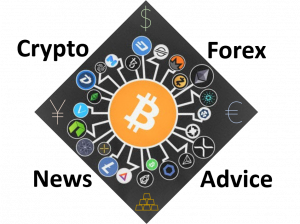
Persistent struggles with high fees and network congestion have allowed layer-one solutions like Polkadot, Solana and Cosmos to become established competitors.
In bull and bear markets, wise cryptocurrency investors know that the primary focus should be on project longevity rather than jumping on every short-term price movement. As the crypto ecosystem expands and new sectors arise, protocols that offer the most value to the community stand the best chance at long-term survival and price appreciation.
The goal of this newsletter is to take a more thematic, macro view of niche sub-sectors within the cryptocurrency market and identify projects whose signal they will be successful within the space.
It isn’t about the token price; it’s about the tech, the fundamentals of the project, and how each one must help push the sector forward to the next level.
In a recent conversation with Cointelegraph, Élie Le Rest, partner at digital asset management firm ExoAlpha, said: “Sector trends and crypto are big and are here to stay, but idiosyncratic risk must be taken into account while weighing portfolios.”
According to Le Rest, the “crypto market tends to work on comparable principles,” which is a repeating trend seen multiple times in its history.
With that said, let’s take a deeper dive into the current market cycle rotation taking place in the wider crypto market to get a better grasp on where new money and participants coming into the market are beginning to focus their attention.
Layer-one projects continue to attract users
Layer-one is a term used to describe the main underlying blockchain architecture of a network, while layer-two solutions are protocols that operate on top of the underlying L1 blockchain and cannot function without the framework that they provide.
Bitcoin is by far the dominant L1 solution in terms of value, while the Ethereum network has been fundamental in reshaping the crypto market landscape over the past few years thanks to smart contracts and the rise of sectors such as decentralized finance and nonfungible tokens.
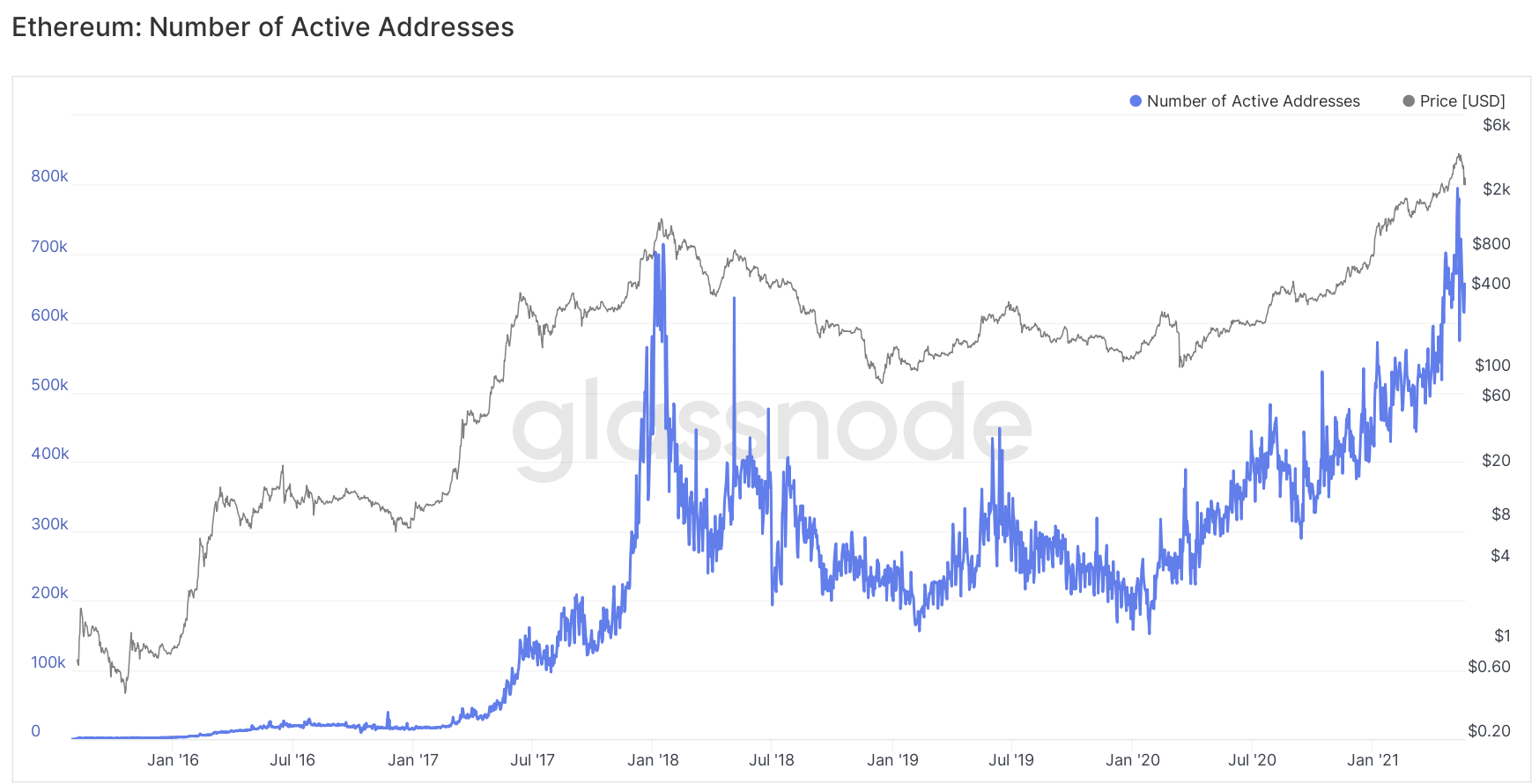
While Ethereum has received a majority of the attention when it comes to discussions about smart contract platforms, several projects have been rising in prominence of late as high fees and a low transaction-per-second count on the Ethereum network have enticed projects to build on up-and-coming networks.

Ethereum’s success has demonstrated to the world the capabilities of smart contract platforms, but its continued struggles have opened the door for protocols like Polkadot, Solana and Cosmos, which offer a similar value proposition along with solutions to the underlying problems mentioned, to grow in terms of price and relevance over the past year.
Polkadot
Polkadot has become one of the most well-known and successful L1 projects in the crypto space besides Ethereum in 2021 thanks in large part to the project’s approach of interoperability and cooperation as opposed to the previous “Ethereum killer” approach taken by many.
Created in part by Gavin Wood, who also played an instrumental role in the creation of Ethereum, the Polkadot network has taken a more complementary approach as an open-source sharding multichain protocol that enables cross-chain bridges so that projects and developers can choose the network that best suits their needs and easily transfer their protocols if necessary.
Not limited to just tokens, Polkadot’s multi-chain functionality enables the cross-chain transfer of any data or asset types, helping to establish a wide range of interoperability between separate blockchain networks.
Polkadot’s ecosystem is one of the largest and most active in the space, with a rapidly expanding list of projects launching on the protocol and looking to obtain one of the limited parachain slots in the upcoming parachain auctions.

As seen in the graphic above, the Polkadot ecosystem has rapidly expanded to incorporate the major sectors of the cryptocurrency ecosystem, including DeFi platforms, nonfungible token protocols, oracles and decentralized autonomous organizations.
The network also has a growing list of applications that facilitate interacting with the protocol, including a wide range of wallets that support Polkadot’s DOT and Polkadot-based assets, as well as multiple network explorers, including Polkascan.
Popular projects that are currently operating on the Polkadot testnet and are favored to win a parachain slot include DeFi ecosystem Acala Network and the Polkaswap decentralized exchange, which are both available now for testing and can be accessed using the Polkadot-js wallet browser extension.
Once the parachain auctions are finished and the projects go live on Polkadot, the network’s launch will officially be complete. While there is no definitive date yet set for when the parachain auctions will begin, excitement for DOT has continued to build, which has translated into its price increasing more than 800% in 2021.
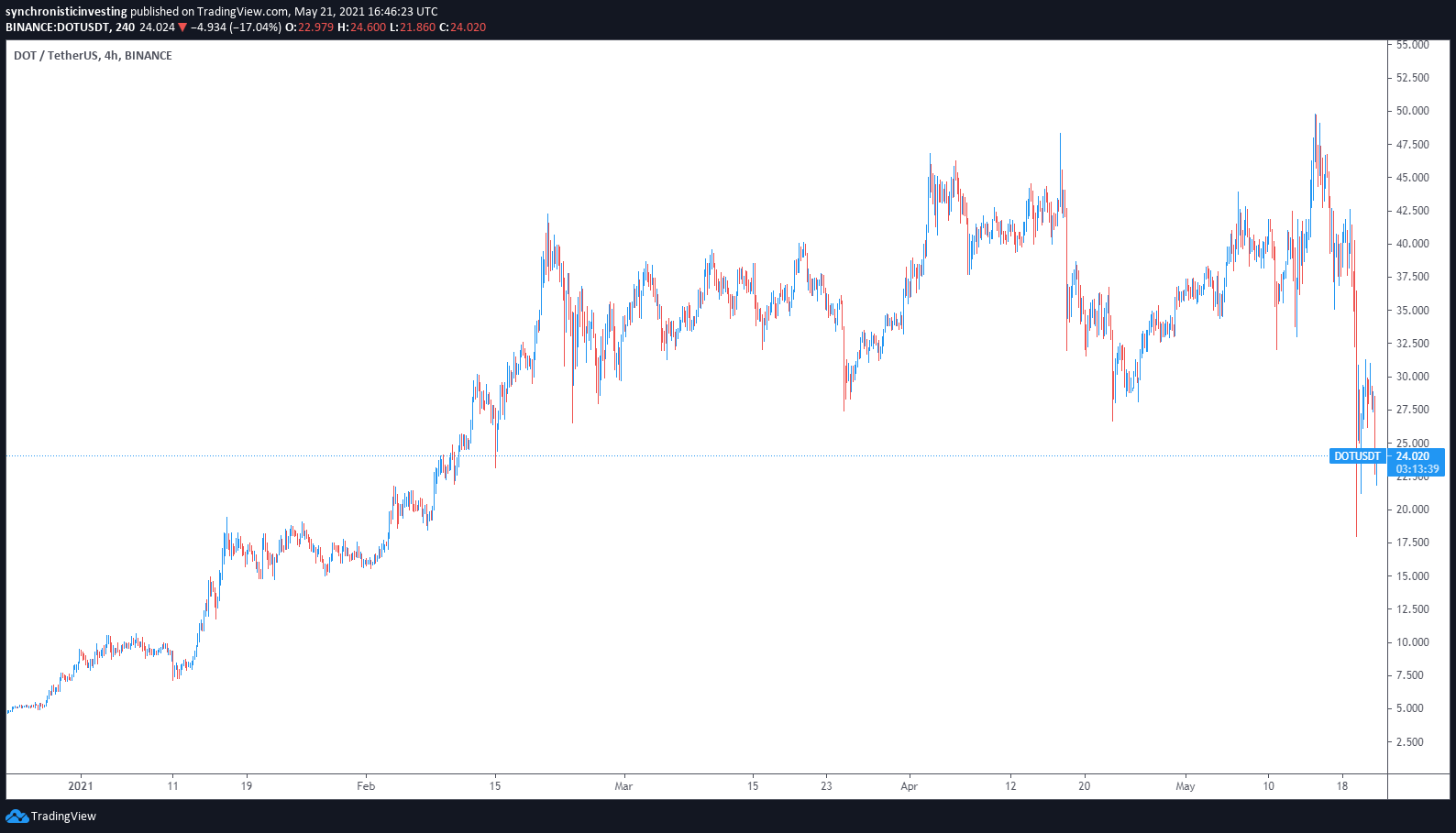
With the prospect of full network capabilities set to launch within a period of weeks to months and mainstream attention beginning to arrive, many investors feel that Polkadot is well-positioned to see further growth in price and adoption as a key player in the future of interoperability across blockchain networks.
Solana
Solana is a fast, secure and censorship-resistant blockchain network that “provides the open infrastructure required for global adoption,” according to the project’s website.
The project’s connection with the FTX cryptocurrency exchange and its CEO, Sam Bankman-Fried, who also had a hand in the creation and operation of the Serum decentralized exchange, which operates on the Solana network, has been beneficial for the protocol in terms of financial backing and media exposure.
Aside from those positive associations, the underlying technology of the Solana network has attracted the attention of a wide range of projects interested in launching or bridging to its high-speed, low-cost environment.
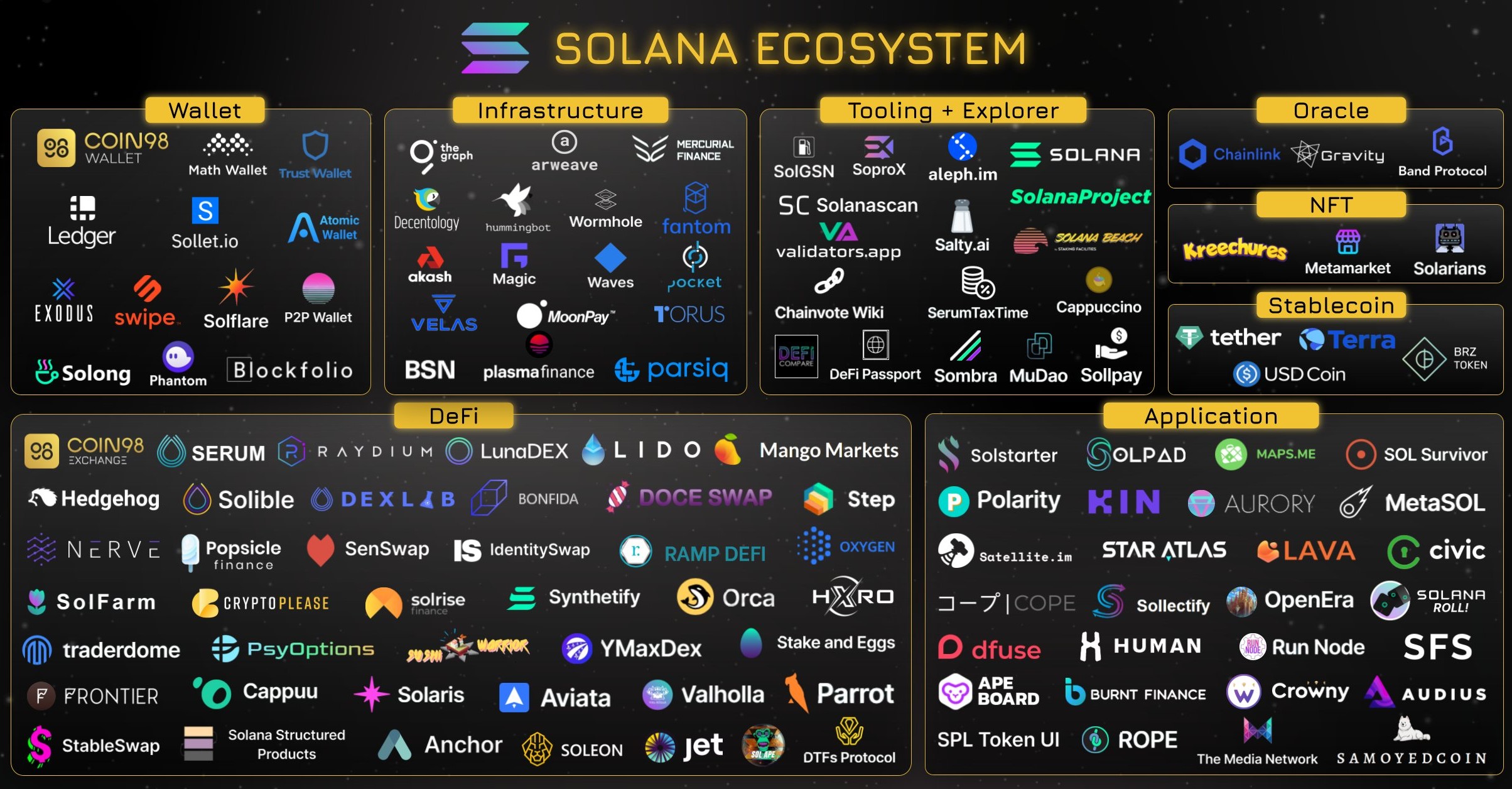
The rapid expansion of the Solana ecosystem over the past year began with a focus on decentralized finance and has been bolstered by the success of the Serum, which users can interface with using several wallets that support Solana, including Sollet, Ledger and Math Wallet.
While a majority of the tools and supporting infrastructure on the network have been geared toward DeFi, recent additions to the network, such as the decentralized music-sharing and streaming protocol Audius, show that the protocol is beginning to branch out and attract the attention of other types of projects interested in its capabilities.
The Solana protocol utilizes an innovative hybrid model consisting of a proof-of-history consensus combined with the underlying proof-of-stake consensus of the blockchain to increase the network’s overall scalability.
More recently, the network has seen a number of new projects launch that have employed some of the same tactics that drummed up activity and enthusiasm on the Ethereum network in 2017, including airdrops and copycat projects.
While some may see this as a negative, it demonstrates the increased adoption and allure of a low-cost environment as well as showing that Solana is a developer-friendly network.
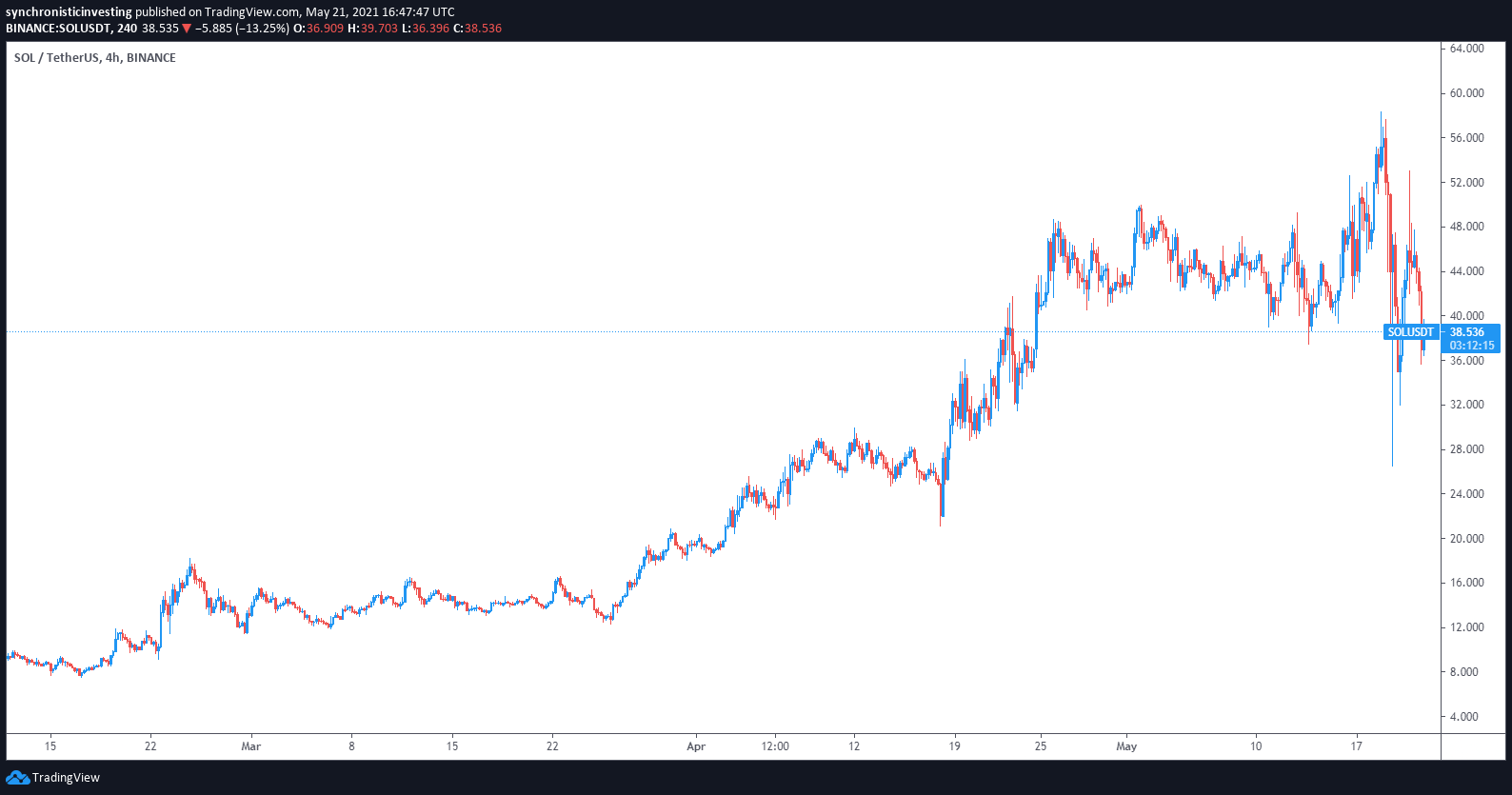
These influences, combined with a multitude of other factors, have helped boost the price of Solana (SOL) by more than 3,200% so far in 2021.
Given that DeFi and other hot sectors of the cryptocurrency sector still in their infancy, Solana is well equipped to see its ecosystem expand and token value increase as global cryptocurrency adoption increases.
Cosmos
Cosmos refers to itself as “the internet of blockchains” consisting of “an ever-expanding ecosystem of interconnected apps and services, built for a decentralized future.”
The network arose out of the Tendermint project, which is considered “the gateway to the Cosmos ecosystem” and launched via a token sale in 2017. The protocol utilizes a PoS consensus algorithm that allows token holders to stake their coins to help keep the project’s flagship blockchain Cosmos Hub secure, while also earning a yield that is paid out in Cosmos (ATOM) tokens.
Momentum for the project in 2021 was kicked up a notch in February following the Stargate update, which included the Inter-Blockchain Communication protocol, an interoperability layer for Cosmos blockchains.
The IBC allows projects built with the Cosmos software development kit, like Kava and Band Protocol, to easily interoperate and bridge tokens across other blockchains on the Cosmos network, which currently hosts more than 240 apps and services.
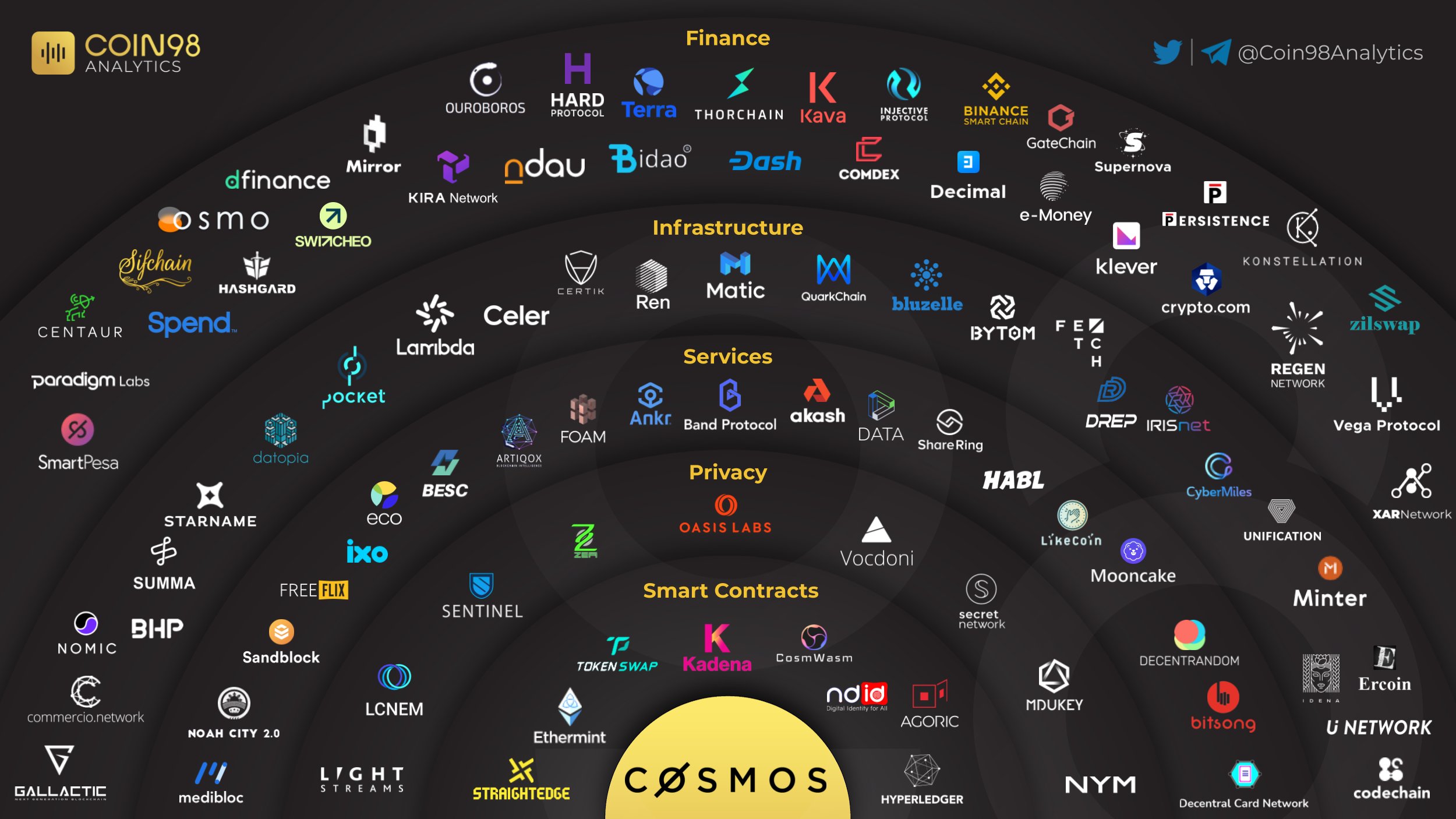
The capabilities of the IBC will eventually connect with other blockchain networks, such as the Binance Smart Chain, helping to increase interoperability across the cryptocurrency ecosystem.
With a transaction speed of 7 seconds and an average fee of $0.01, transacting on the Cosmos network is a welcome experience for users fleeing high fees on Ethereum.
The May 10 completion of the Gravity decentralized exchange testnet trading competition shows the protocol is gearing up to offer solutions similar to Uniswap for a fraction of the fees, hinting at a promising future for this growing ecosystem.
Layer-one projects are bullish, but there are a few hurdles to overcome
Growing ecosystems and the planned development and integration of interoperability features are strong indicators of longevity for layer-one projects in the rapidly growing cryptocurrency space.
Potential threats to the success of L1 solutions include projects, such as Polygon and Fantom, which provide cross-chain bridges to other more capable networks and L2 solutions that eliminate the scaling issues that plague the Ethereum network.
While these threats are real, each network or protocol will eventually run into its own unique set of challenges that hamper its capabilities and open the door for competitors to offer a better solution.
Ethereum introduced the world to smart contracts and expanded the scope of what could be done on L1 solutions beyond what was previously achievable on Bitcoin.
Limitations in the original and current design of the Ethereum network have opened the door for newer L1 solutions like Polkadot, Solana and Cosmos to establish themselves as viable contenders thanks to faster transaction times and an already-established proof-of-stake consensus mechanism.
The views and opinions expressed here are solely those of the author and do not necessarily reflect the views of Cointelegraph.com. Every investment and trading move involves risk, you should conduct your own research when making a decision.
Go to Source
Author: Jordan Finneseth
